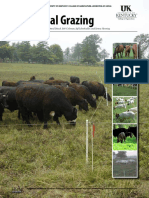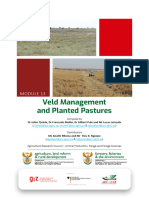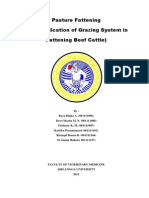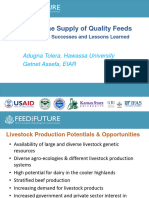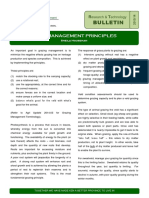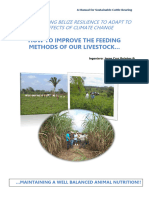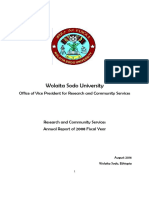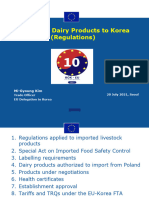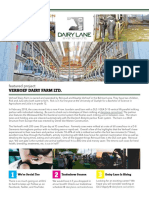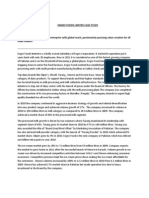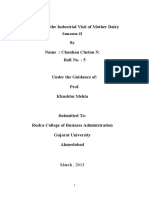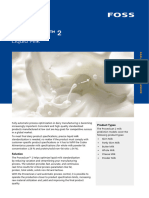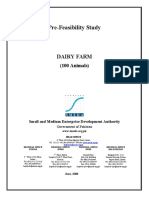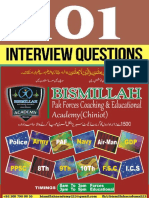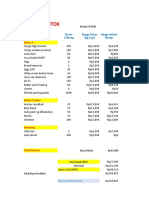0% found this document useful (0 votes)
38 views3 pagesGrazing System and Forage Activity Sheet
The document presents a series of scenarios related to forages and grazing systems faced by farmers, each accompanied by questions aimed at addressing specific challenges. Topics include restoring overgrazed pastures, improving feeding strategies for livestock, managing forage during droughts, and implementing zero-grazing systems. The scenarios encourage logical reasoning and practical application to enhance farm sustainability and livestock productivity.
Uploaded by
Gabriel HillsCopyright
© © All Rights Reserved
We take content rights seriously. If you suspect this is your content, claim it here.
Available Formats
Download as PDF, TXT or read online on Scribd
0% found this document useful (0 votes)
38 views3 pagesGrazing System and Forage Activity Sheet
The document presents a series of scenarios related to forages and grazing systems faced by farmers, each accompanied by questions aimed at addressing specific challenges. Topics include restoring overgrazed pastures, improving feeding strategies for livestock, managing forage during droughts, and implementing zero-grazing systems. The scenarios encourage logical reasoning and practical application to enhance farm sustainability and livestock productivity.
Uploaded by
Gabriel HillsCopyright
© © All Rights Reserved
We take content rights seriously. If you suspect this is your content, claim it here.
Available Formats
Download as PDF, TXT or read online on Scribd
/ 3



